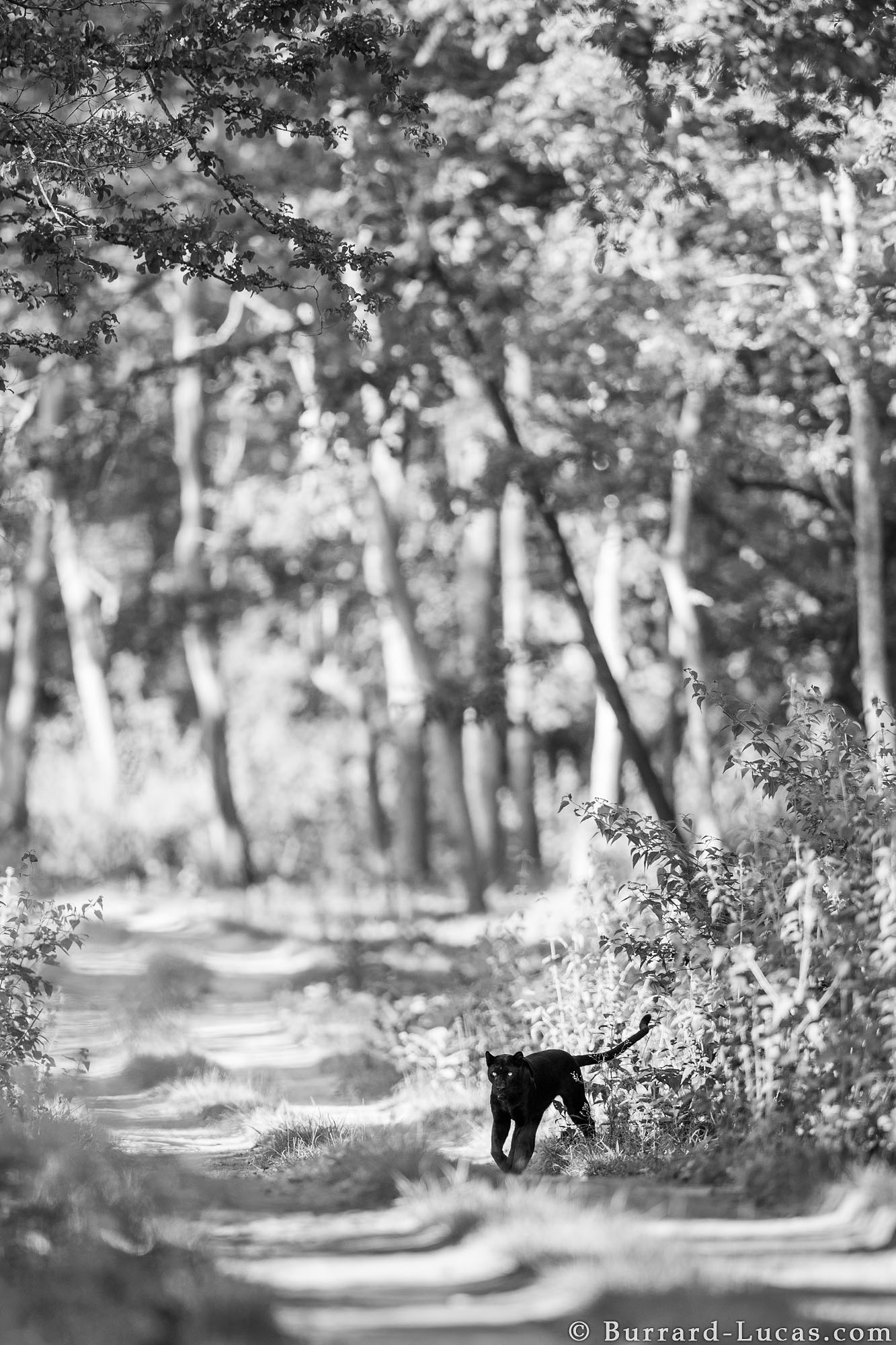
- Inspiring People -
- 3mins -
- 161 views
Black Leopard: one man’s quest to photograph the most elusive cat in Africa
Check out the first high-quality camera trap photographs of a wild melanistic leopard ever taken in Africa.
Rare black leopard confirmed in Africa: stunning photos
Since childhood, Will Burrard-Lucas has been fascinated by stories of black panthers. For him, no animal is shrouded in more mystery, no animal more elusive, and no animal more beautiful. For many years they remained the stuff of dreams and of farfetched stories told around the campfire at night. Nobody he knew had ever seen one in the wild and Burrard-Lucas never thought that he would either. But that didn’t stop him dreaming…
A pair of eyes surrounded by inky darkness… a black leopard!
Will Burrard-Lucas had never seen a high-quality image of a wild black leopard come out of Africa, even though stories of them being seen are sometimes told.
Then recently, Will was told that a black leopard had been seen at Laikipia Wilderness Camp in Kenya.
The photographer’s ears pricked up and he contacted the owners Steve and Annabelle Carey to find out more.
Steve confirmed that it was true and he had seen several black leopards over the years. That was enough for Will and he decided to invest some time in checking it out.
On arrival in Laikipia, Steve took him to meet Luisa Ancilotto who lives close to the camp and had seen a black leopard recently. She told them as much as she knew about the leopard’s habits and territory.
Then Steve managed to pick up some fresh leopard tracks nearby and followed them to a path that leopards seemed to be using.
Burrard-Lucas deployed a plethora of camera traps each consisting of a Camtraptions wireless motion sensor, a high-quality DSLR camera and two or three flashes.
He had high hopes of photographing a leopard, but would it be black?
He left the cameras for several nights. On returning, he checked them and by the time he got to the last camera, all he had seen were pictures of hyenas… but no leopards.
Will had a quick look at the last trap, not expecting to find much. As he scrolled through the images on the back of the camera, he paused and peered at the photograph below in incomprehension… a pair of eyes surrounded by inky darkness… a black leopard!
He couldn’t believe it and it took a few days before it sank in that he had finally achieved his dream.
Source: Camtraptions.com




Life in the shade
There are nine leopard subspecies ranging from Africa all the way to eastern Russia. And while 11% of leopards alive today are thought to be melanistic, and most are found in Southeast Asia, where tropical forests offer an abundance of shade. It’s thought that melanism provides additional camouflage in those habitats, giving the predators an advantage when it comes to hunting.
But African black panthers are still so rare that researchers don’t even know if the genetic mutation responsible for the dark pigmentation is the same one that underlies melanism in Southeast Asian leopards.
Source: NationalGeographic.com

